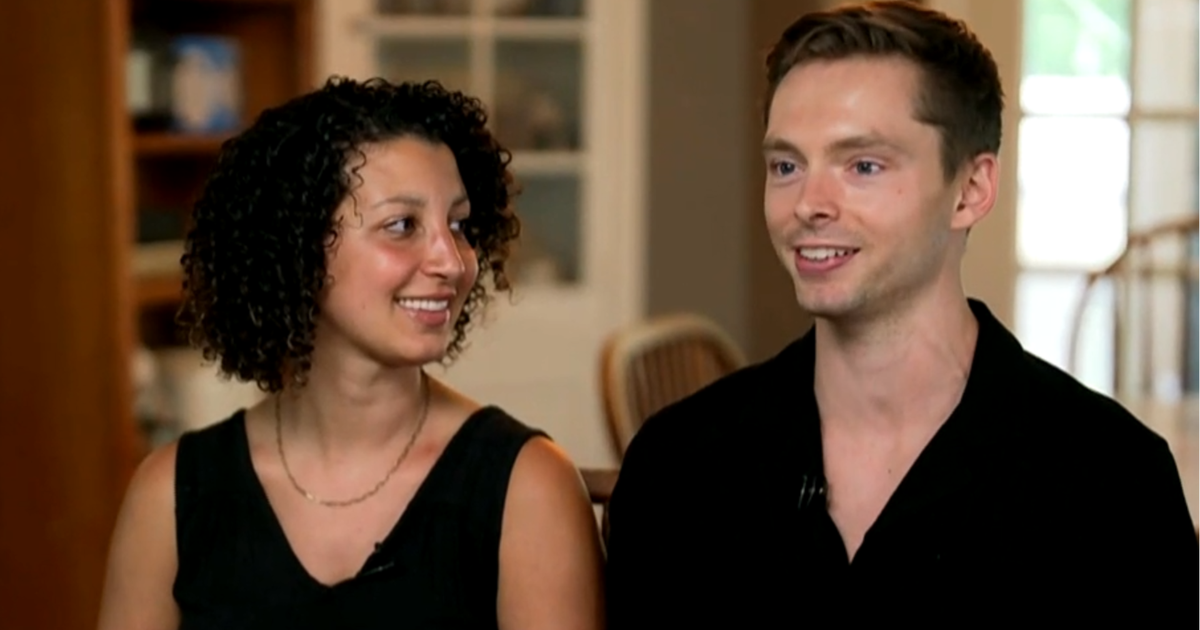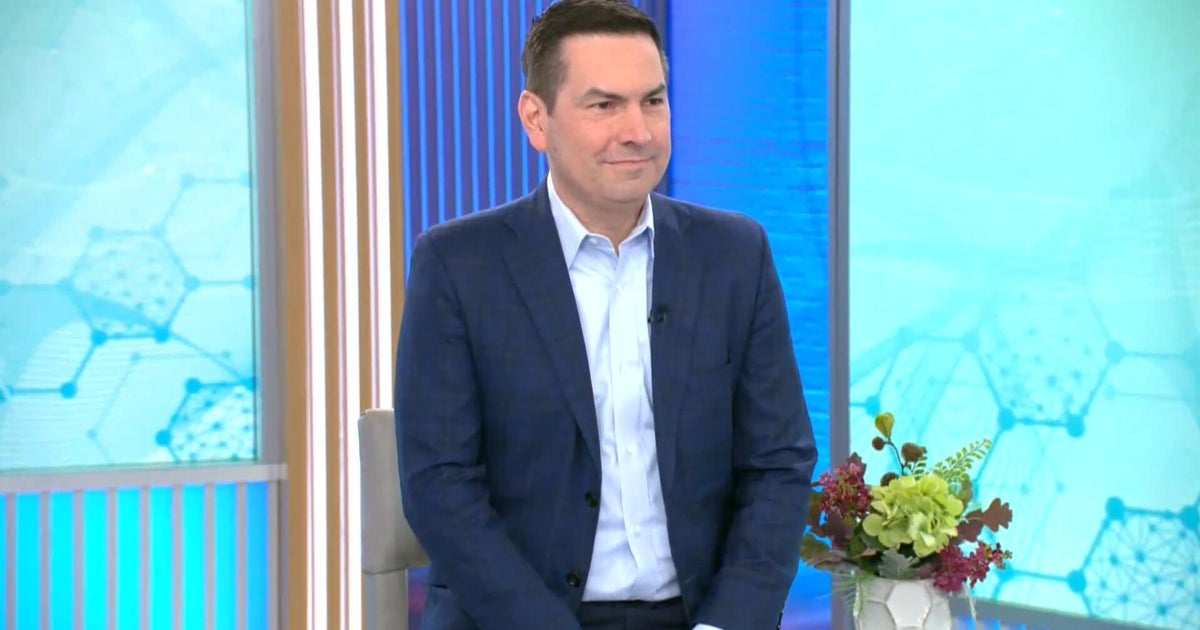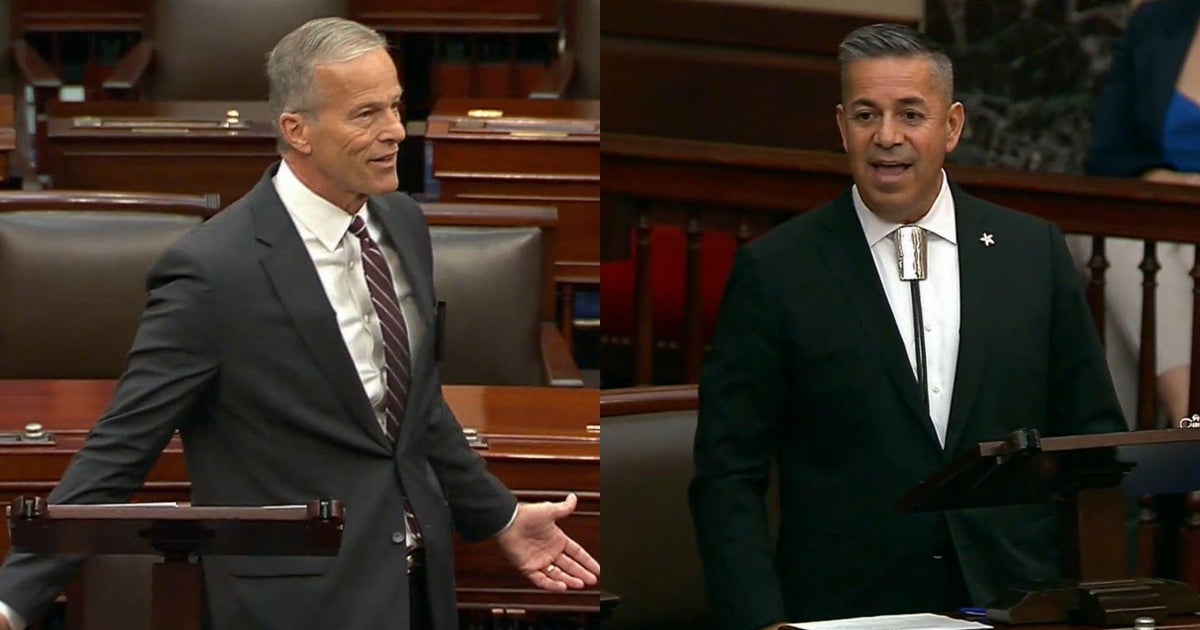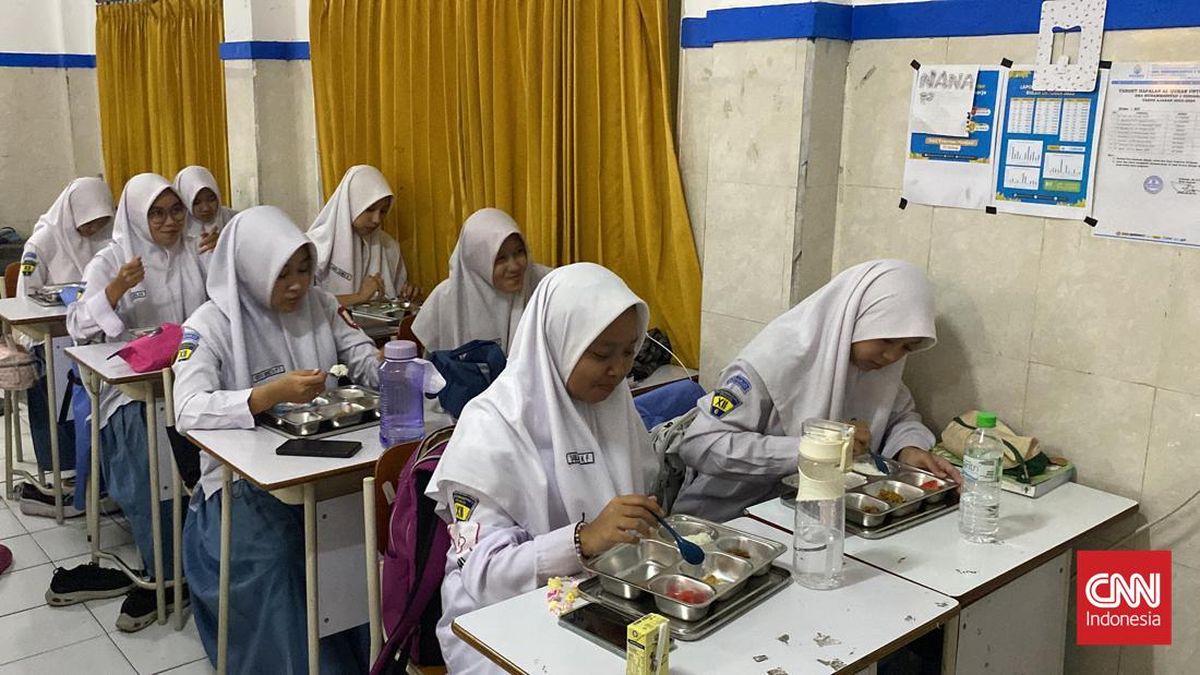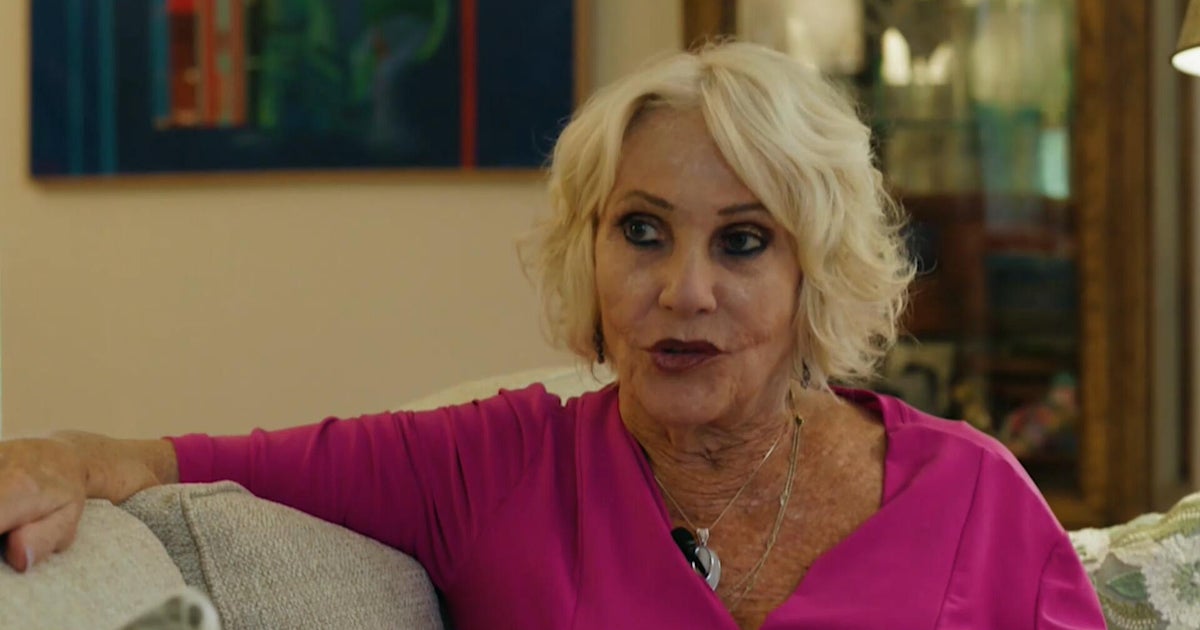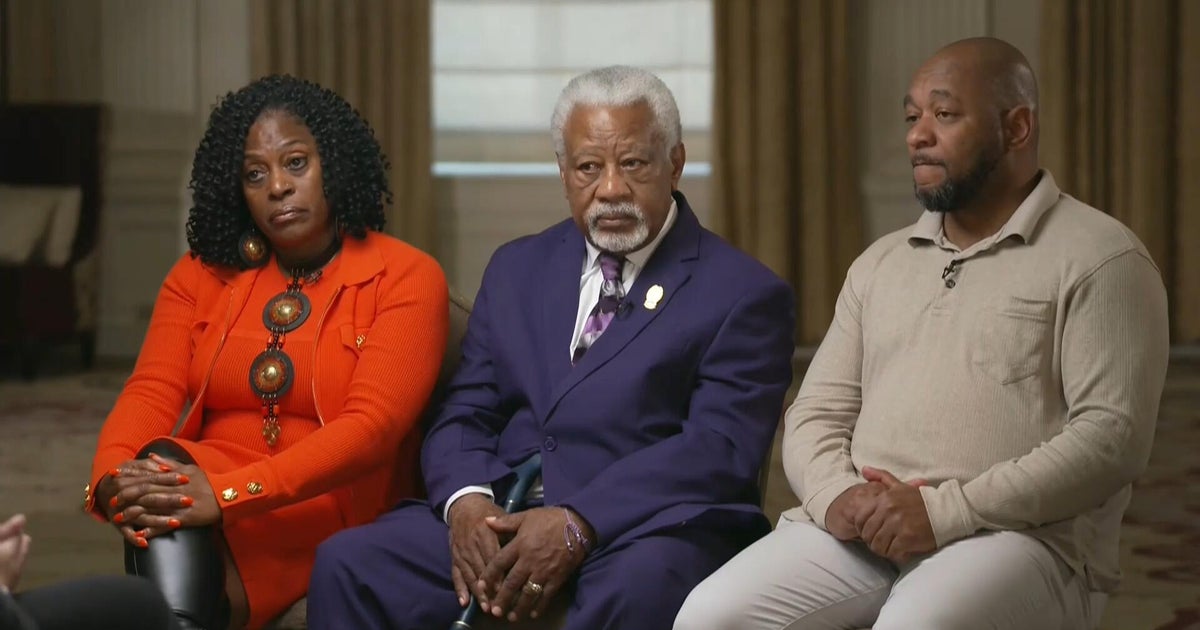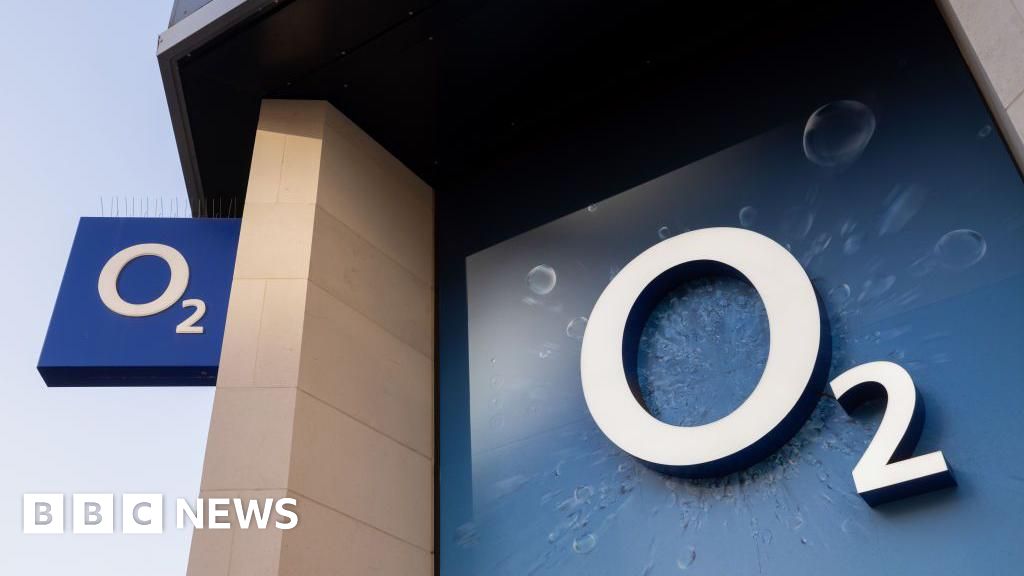Michelle* arrived at Bridge Haven, a women’s rehabilitation centre in Preston, in 2023 desperate for help.
“I felt I was a slave to the drugs. I couldn’t even consider doing anything without being on drugs. I was unable to function,” Michelle said.

Victorians like Michelle are waiting months for drug and alcohol treatment. Credit: Justin McManus
But there were no beds available. During the agonising and dangerous wait, without any indication of when a bed would free up, Michelle’s drug addiction got worse.
After four months she was finally admitted into the Salvation Army-run centre and was able to get clean. Now two years on from completing the rehabilitation program, the student is months away from completing her studies in social work.
Without the support, Michelle would have been incapable of turning her life around. “Rehab was my only option because I needed 24-hour a day support,” she said.
Loading
The system that helps Victorians like Michelle is overwhelmed by chronic demand, new data released by the Victorian Alcohol and Drug Association (VAADA) on Thursday shows.
The survey reveals that more than 4550 Victorians were waiting to access drug and alcohol treatment on any given day in September. Young people are more desperate for help than ever, with the number of youths waiting for treatment rising by 33 per cent since 2022.
The 4450 Victorians waiting for treatment is the second-highest number recorded in the association’s annual sector demand survey since it began in 2020, after a peak of 4615 people in 2024.
The surging demand comes just months after the state’s coroner found that the number of Victorians dying of drug overdoses had soared to a 10-year high in 2024.
VAADA acting chief executive Scott Drummond said barriers to accessing treatment, an inefficient centralised system and a lack of funding impacted wait times.
Loading
The reason for the increase in the number of Victorians abusing substances and seeking treatment is multifaceted, he says. “There’s great availability of illicit substances, exacerbated by an evolving and unregulated online drug market. There are greater pressures on families, including the cost-of-living crisis.”
High demand and long wait times has been an issue of concern for years, raised in a 2014 federal review into drug and alcohol care; a 2017 ombudsman report into rehabilitation access; a 2018 state inquiry into drug law reform; and a 2020 Victorian health commissioner investigation.
Drummond, who is alarmed by the rise in young people waiting for treatment, said the youth alcohol and drug treatment sector had remained largely unchanged since its inception a quarter of a century ago.
He added that the criminal justice system was “extraordinarily expensive” to run and funding treatment for young people would provide an overall better outcome for the community.
He pointed to the Allan government’s controversial decision to reopen Malmsbury Youth Justice Centre, which will cost more than $140 million over four years to operate.
“We can save money, and we can potentially reduce the risk of reoffending [by being properly resourced to treat youths with addiction issues],” he said.
A 2017 investigation led by then-ombudsman Deborah Glass found prisoners struggling with addiction were more likely to reoffend if they were unable to access support services, both within prison and upon release.
“The cold grip of addiction drives a pattern of reoffending, in which too many people cycle in and out of prison,” Glass said.
A decade ago, illegal drugs contributed to just under half of Victorian overdose deaths. In 2024, they accounted for 65.6 per cent of deaths, up from 58.9 per cent in 2023 and 54.9 per cent in 2022.
In August, Dr Erin Lalor, the chief executive of the Alcohol and Drug Foundation, said Victoria lacked a long-term alcohol and drug strategy focused on harm prevention with a dedicated budget.
“The state government consulted with the alcohol and other drug sector last year around a dedicated alcohol and drug strategy, but we are still waiting for its release,” she said.
The Department of Health was contacted for comment.
*Michelle is a pseudonym chosen by The Age for privacy reasons.
With Marta Pascual Juanola
Most Viewed in National
Loading





